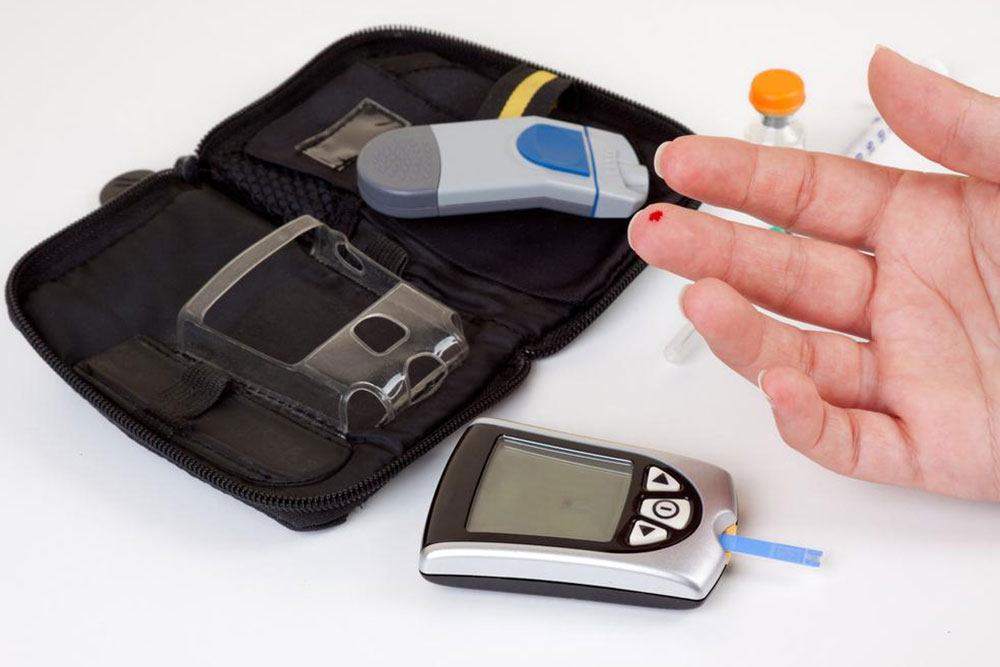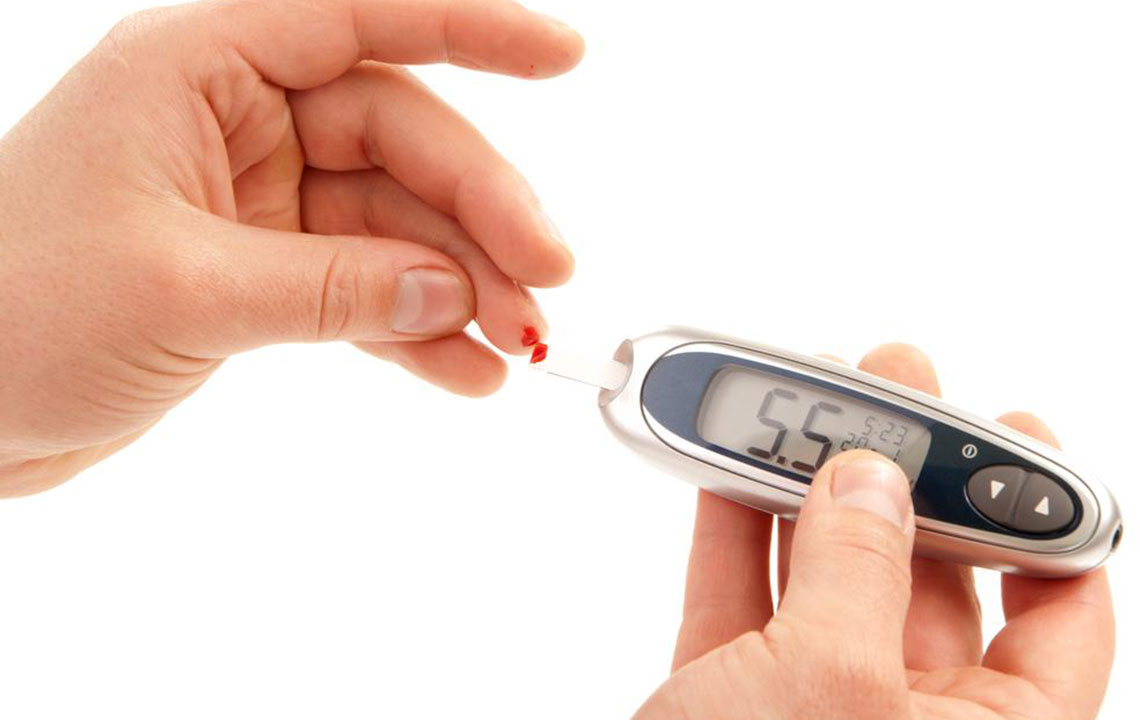In-Depth Overview of Managing Type 2 Diabetes with Farxiga and Invokana
This comprehensive guide explores the management of Type 2 diabetes using Farxiga and Invokana, highlighting their mechanisms, usage, benefits, and precautions. Learn how these effective SGLT2 inhibitors aid in blood sugar control, weight management, and kidney health, emphasizing the importance of lifestyle changes and medical supervision for optimal results. Designed for patients, caregivers, and healthcare professionals, this article offers valuable insights into modern diabetes treatment options and strategies for maintaining health and preventing complications.

In-Depth Overview of Managing Type 2 Diabetes with Farxiga and Invokana
Type 2 diabetes is a widespread and complex chronic condition characterized by the body's inability to properly regulate blood sugar levels. This metabolic disorder impacts millions of individuals worldwide, spanning all age groups, from children to seniors. Understanding the causes, symptoms, and treatment options available is crucial for effective management and improved quality of life. Among the myriad of treatment strategies, medication plays a pivotal role, especially newer drugs like Farxiga and Invokana, which have revolutionized how we approach blood sugar control. In this comprehensive guide, we explore these medications in detail, including their mechanisms, usage guidelines, benefits, and considerations to help patients and caregivers make informed decisions.
Understanding Type 2 Diabetes
Type 2 diabetes primarily results from genetic predisposition compounded by lifestyle factors such as obesity, physical inactivity, and poor diet. It is characterized by insulin resistance, where the body's cells do not respond effectively to insulin, and eventual decline in insulin production. Symptoms often develop gradually and can be subtle or absent at early stages, which makes proactive screening essential. Common signs include increased thirst, frequent urination, fatigue, blurred vision, and slow-healing wounds. If left uncontrolled, it can lead to severe complications like cardiovascular disease, kidney damage, nerve damage, and vision loss.
Effective management of Type 2 diabetes involves a multifaceted approach, combining dietary modifications, regular physical activity, weight management, and medication. While lifestyle interventions are the cornerstone of early treatment, many patients require pharmacologic therapy to maintain blood glucose within target ranges and prevent complications. Two notable medications in recent years are Farxiga and Invokana, both of which belong to the class of SGLT2 inhibitors, and have shown significant efficacy in controlling blood sugar levels.
Farxiga (Dapagliflozin): An Overview
Farxiga, scientifically known as Dapagliflozin, was approved by the U.S. Food and Drug Administration (FDA) in January 2014. It represents a significant breakthrough in the management of Type 2 diabetes due to its unique mechanism of action. As a member of the Sodium-Glucose Co-Transporter 2 (SGLT2) inhibitors class, Farxiga helps lower blood sugar by promoting the excretion of excess glucose through urine.
How Does Farxiga Work?
Farxiga targets the kidneys, where it inhibits the SGLT2 protein responsible for reabsorbing glucose back into the bloodstream. By blocking this transporter, the drug encourages the kidneys to eliminate additional glucose via urination. This process effectively reduces high blood sugar levels and can also aid in weight loss and blood pressure reduction, offering extra health benefits to patients with Type 2 diabetes.
Usage and Dosage
Patients prescribed Farxiga should strictly follow their healthcare provider's dosing instructions. Typically, it is taken once daily, with or without food. It is crucial not to exceed recommended doses, as excessive glucose elimination can cause dehydration or electrolyte imbalances. Regular monitoring of blood sugar levels is vital to assess the drug’s effectiveness and prevent hypoglycemia, especially when combined with other diabetic medications.
Precautions and Side Effects
While Farxiga is generally well tolerated, it does come with potential side effects. Common adverse reactions include urinary tract infections, genital yeast infections, increased urination, and dehydration. Rare but serious risks involve ketoacidosis, Fournier's gangrene, and hypotension. Patients with kidney impairment should consult their healthcare provider before initiating therapy, as kidney function tests are necessary to determine suitability. Proper storage away from heat and moisture ensures the medication remains effective over time.
Invokana (Canagliflozin): An In-Depth Look
Invokana, known by its generic name Canagliflozin, received FDA approval in 2013 and is another prominent SGLT2 inhibitor in the fight against Type 2 diabetes. Like Farxiga, Invokana enhances glucose elimination through the urine, but it also offers additional benefits in protecting kidney health, which is often compromised in diabetic patients.
How Does Invokana Work?
Invokana acts on the kidneys by blocking the SGLT2 transporter, thereby preventing glucose reabsorption. The result is increased urinary glucose excretion, leading to lower blood glucose levels. This mechanism not only helps control hyperglycemia but also assists in weight management and blood pressure control. In some cases, Invokana is combined with other medications such as metformin to create a comprehensive treatment regimen, known commercially as Invokamet, which is also FDA-approved. Combining these drugs enhances glycemic control while addressing common comorbidities like hypertension and obesity.
Usage and Management
Patients should take Invokana exactly as prescribed, generally once daily. Consistency is key to maintaining stable blood sugar levels. Like other SGLT2 inhibitors, it works best when combined with lifestyle modifications, including a healthy diet and regular exercise. Blood sugar monitoring, kidney function tests, and blood pressure checks are essential components of ongoing management.
Potential Side Effects and Warnings
Common side effects mirror those of Farxiga, such as urinary tract and yeast infections, dehydration, and increased urination. Serious adverse effects, although rare, include Fournier’s gangrene, ketoacidosis, and decreased kidney function. Patients with pre-existing kidney disease should consult their healthcare provider to determine if Invokana is suitable for them. Maintaining adequate hydration and promptly reporting symptoms like pain, swelling, or fever are critical for safety.
Additional Considerations and Lifestyle Tips
Medications like Farxiga and Invokana are powerful tools in managing blood sugar. However, they should be part of a comprehensive plan that includes dietary changes, physical activity, weight management, and regular health checkups. Monitoring blood glucose levels at home provides immediate feedback on treatment effectiveness, helping to optimize dosages and lifestyle choices.
Dietary recommendations include limiting sugar and refined carbohydrate intake, increasing fiber consumption, and eating balanced meals rich in vegetables, lean proteins, and healthy fats. Regular exercise, such as brisk walking, swimming, or cycling, enhances insulin sensitivity and supports overall health. Weight loss, even modest, can significantly improve glycemic control and reduce medication dependence.
Healthcare providers may also recommend periodic lab tests to monitor kidney function, electrolytes, and overall metabolic health. Staying informed about the latest developments in diabetes treatment, including new medications or combination therapies, can help patients achieve better health outcomes.
Conclusion
Managing Type 2 diabetes effectively requires a personalized approach that combines medication, lifestyle adjustments, and ongoing medical supervision. Farxiga and Invokana represent significant advances in pharmacotherapy, offering effective blood sugar control and additional health benefits such as weight loss and kidney protection. Patients should work closely with their healthcare providers to determine the best treatment strategy, adhere to prescribed regimens, and make healthy lifestyle changes. Staying informed about potential side effects and monitoring health parameters regularly will ensure safe and effective use of these medications. Ultimately, a proactive and comprehensive approach can help individuals lead healthier, more balanced lives despite living with diabetes.





